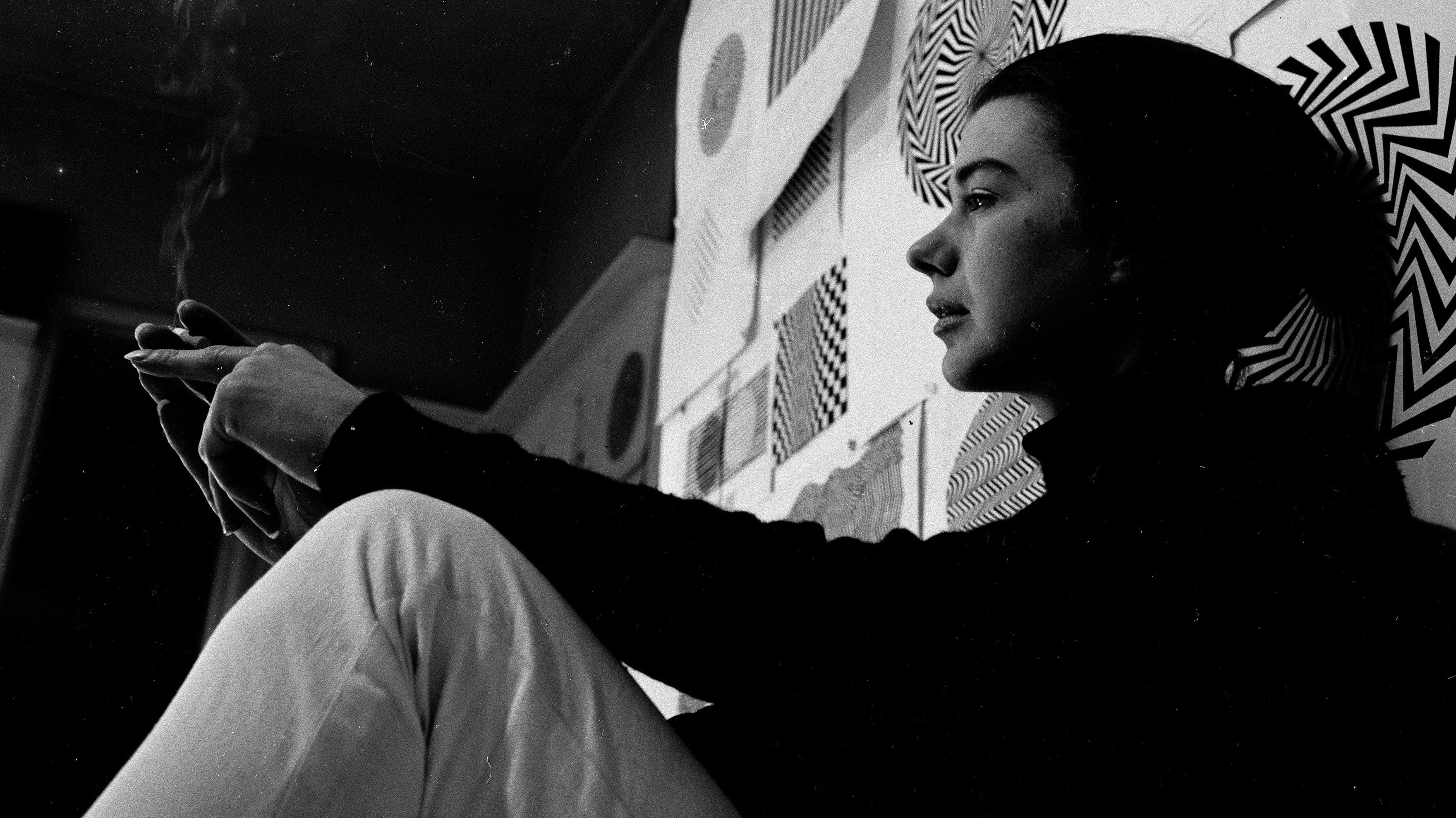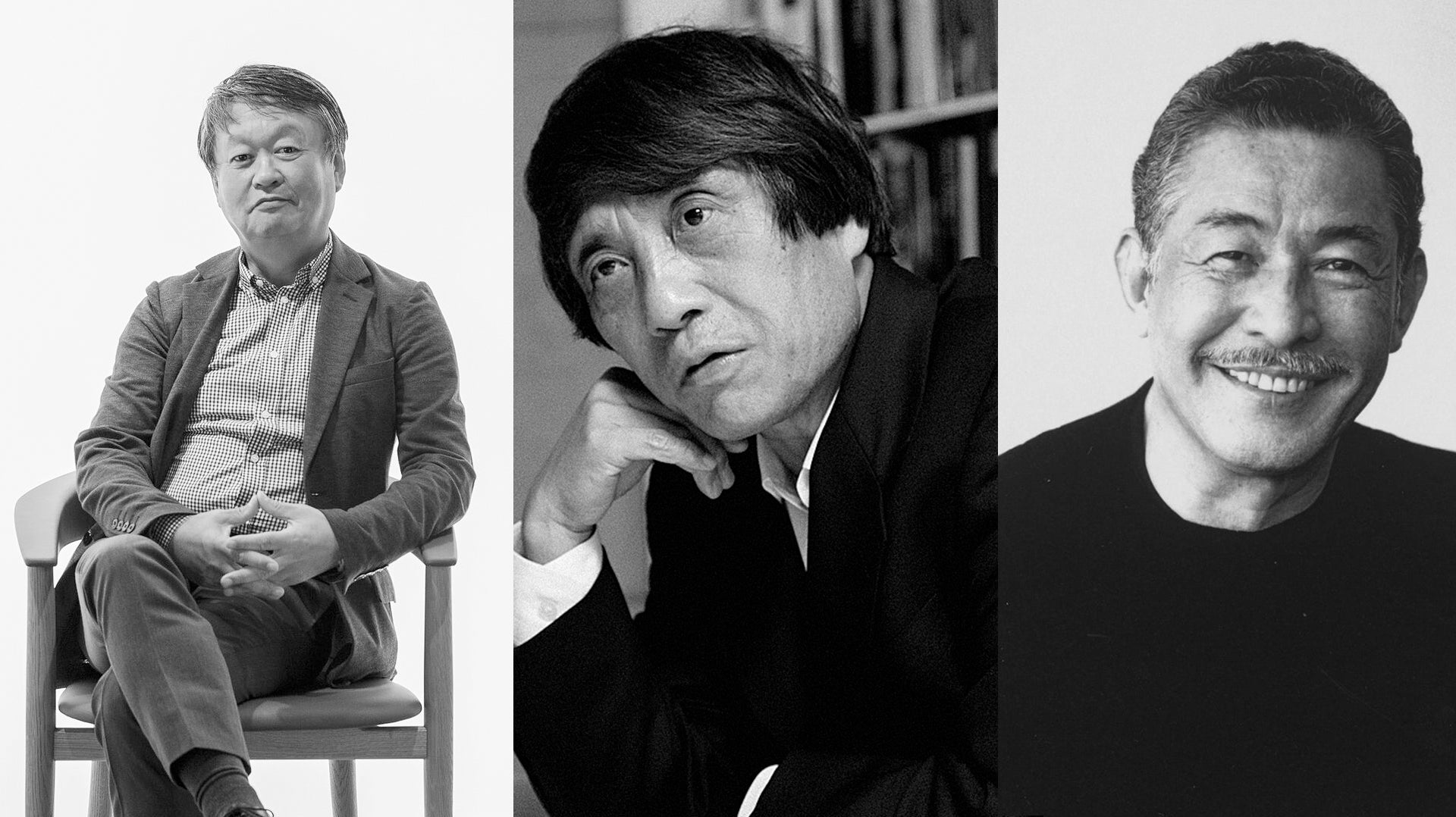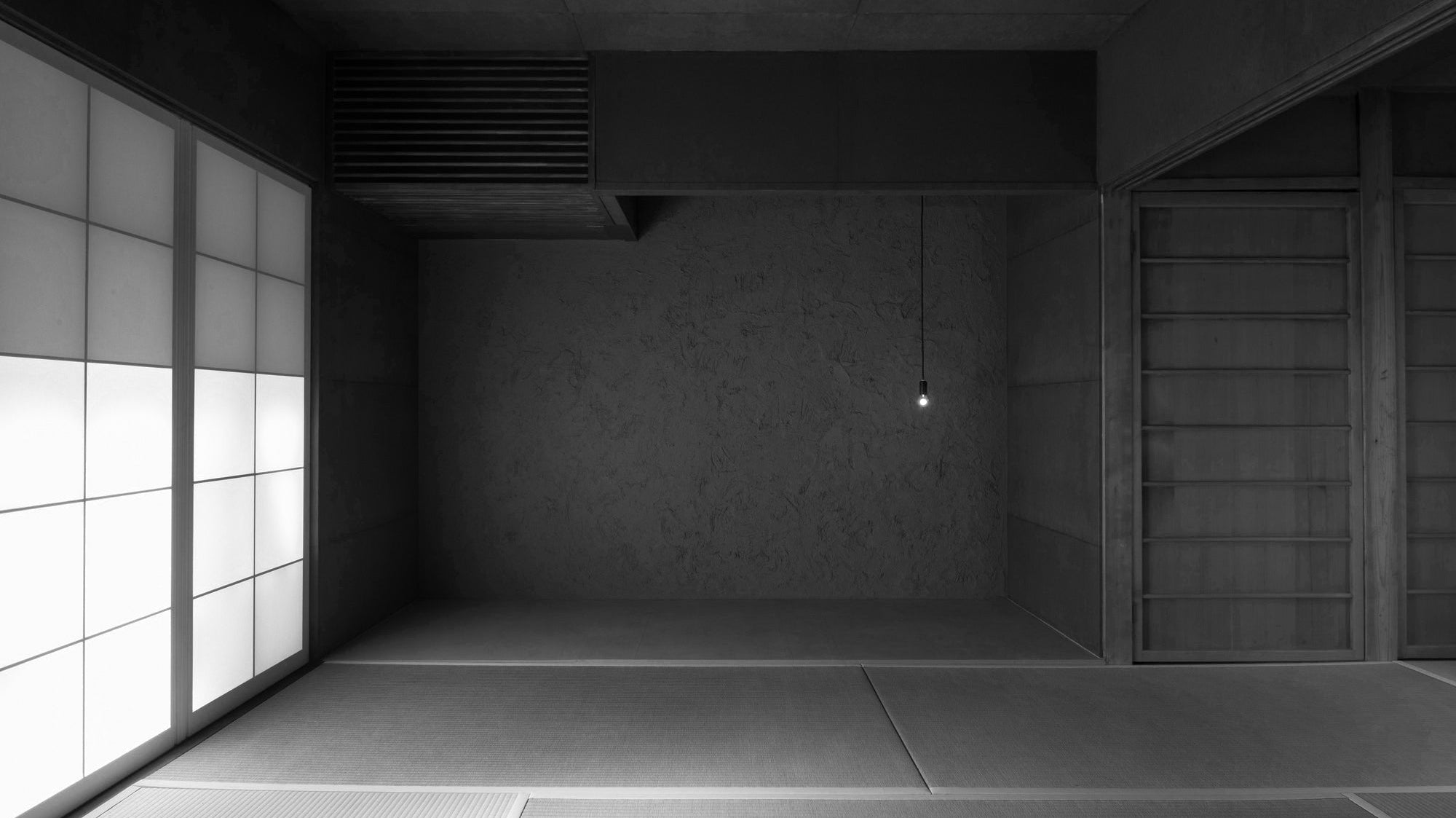(Chinese Calligraphy: The Aesthetics of Brush and Ink - dans le gris)
What is Chinese Calligraphy?
(Chinese Calligraphy: The Aesthetics of Brush and Ink - dans le gris)
Chinese calligraphy(書法) has long been revered as the supreme visual art form in China, surpassing even painting and sculpture in cultural significance. Considered a form of self-expression and cultivation on par with poetry, calligraphy emphasizes not only the meaning of the written words but also the beauty and grace of their visual representation.
Chinese calligraphy's importance in Chinese culture can be seen from the fact that it was included as a crucial component of the imperial civil service examinations as early as the 10th century. A high level of proficiency in calligraphy was highly valued as it could lead to social status and political power. Collectors and connoisseurs also believed that excellent calligraphy demonstrated the writer's upstanding moral character, further increasing its significance.
However, Chinese calligraphy has continued to hold a prominent place in the country's art scene, symbolizing its rich cultural heritage. Today, modern collectors value calligraphy for its unique blend of timeless elegance and contemporary flair, making it a prized and sought-after art form in China and around the world. Below, we will delve into the rich history and evolution of Chinese calligraphy, exploring the factors that have contributed to its enduring prominence in Chinese culture.
(Chinese Calligraphy: The Aesthetics of Brush and Ink - dans le gris)
The Origin of the Chinese Calligraphy
(Chinese Calligraphy: The Aesthetics of Brush and Ink - dans le gris)
When discussing Chinese calligraphy, it is important to first understand the emergence of Chinese characters. The earliest form of written Chinese was a combination of simplified pictorial images that conveyed meaning through subtle suggestions and imaginative associations. These images were flexible in their composition and adaptable to evolving circumstances through minor alterations, reflecting the dynamic and ever-changing nature of the Chinese language and culture.
The origins of Chinese logographs can be traced back to the Shang Dynasty through jiaguwen(甲骨文), also known as shell-and-bone script or oracle bone script. These ideographs were meticulously composed before being engraved on the bones and shells of large animals and tortoises. While there is some variation in size, the figures are generally uniform, suggesting that they evolved from earlier, rougher scratches. Since jiaguwen primarily deals with ancient religious and mythical beliefs, as well as prognostication and rituals, it is commonly known as oracle bone script.
However, Oracle bone script is considered the earliest form of Chinese writing, featuring over 4,500 characters that are largely pictographic and ideographic in nature. Rather than simply representing a sound, each character represents a whole word or concept. While oracle bone script was mainly used for religious and ritual purposes, it offers valuable insight into the Shang Dynasty's beliefs and practices. Even today, the study of oracle bone script remains a significant area of research in the fields of Chinese archaeology and history, revealing fascinating details about the language, culture, and traditions of ancient China.
(Chinese Calligraphy: The Aesthetics of Brush and Ink - dans le gris)

The Eighteen Scholars (Calligraphy); Attributed to an anonymous artist, Song dynasty (960-1279)
(Chinese Calligraphy: The Aesthetics of Brush and Ink - dans le gris)
The Essence of Chinese Calligraphy: The Four Treasures of the Study
(Chinese Calligraphy: The Aesthetics of Brush and Ink - dans le gris)
Chinese calligraphy is a beautiful art form that requires certain essential tools to create stunning works of art. These tools, known collectively as the Four Treasures of the Study(文房四寶), consist of a brush, ink, paper, and inkstone. The Four Treasures are integral to the art of Chinese calligraphy and are considered not only as tools but also as an art form in themselves.
The Four Treasures of the Study have been a part of Chinese culture for centuries, and they continue to play a crucial role in the art of Chinese calligraphy today. Although, These are simple materials, but through them calligraphers can achieve huge variations. The combination of these tools and the skillful use of them is what makes Chinese calligraphy such a beautiful and respected art form.
(Chinese Calligraphy: The Aesthetics of Brush and Ink - dans le gris)
1. Ink Brush (毛筆)
The ink brush is an indispensable tool in the art of Chinese calligraphy and is considered one of the "Four Treasures of the Study." The brush is commonly made of materials like bamboo, wood, porcelain, or horn for the handle, while the head is crafted from animal hair. While brushes were known in China for a long time, it was during the Han period that their use became widespread. The brush can create strokes that are sharp and precise or soft and flowing, depending on the calligrapher's intended style. The type, shape, and size of the brush hair used in the brush also influence the appearance and technique of the calligraphy strokes. However, the key characteristic that all brushes share is their flexibility, which allows for the fluid and expressive calligraphic line.
For more than two thousand years, the ink brush has been an integral part of Chinese culture, used not only for writing and painting but also for other artistic expressions such as seal carving and pottery decoration. Achieving mastery of the ink brush in calligraphy requires years of practice to perfect the various brush strokes and techniques. This makes it a challenging yet ultimately rewarding art form, with its practitioners revered as masters. The ink brush is truly an important aspect of Chinese calligraphy, and without it, this traditional art form would not be what it is today.
(Chinese Calligraphy: The Aesthetics of Brush and Ink - dans le gris)

Brush with porcelain handle, Ming dynasty (1573-1620)
(Chinese Calligraphy: The Aesthetics of Brush and Ink - dans le gris)
2. Ink (墨水)
In Chinese calligraphy, ink is typically made from lampblack, a residue created by burning pine resin or oil under a hood. The collected lampblack is mixed with glue and pressed into molds to form inksticks, which are then ground on an inkstone with water to produce ink. Inksticks are made of soot and animal glue and come in various colors, with the quality of the ink depending on their composition and production process. The inkstick is an important component of calligraphy as it affects the quality and intensity of the ink used in writing.
The best inksticks have a fine grain and produce a light, ringing sound when tapped. They are often decorated with poems, calligraphy, bas-relief, and paintings, and are highly collectible. Grinding ink with an inkstick on an inkstone is regarded as a meditative and therapeutic practice that requires patience and skill. Over time, inkstones and inksticks themselves became a decorative art form, with many famous artists creating designs and patterns for their molds.
(Chinese Calligraphy: The Aesthetics of Brush and Ink - dans le gris)
3. Paper (紙)
The invention of paper is widely recognized as one of China's most significant technological contributions to the world. Paper was made from various fibers, including mulberry, hemp, and bamboo, and offered an inexpensive alternative to silk as a ground material for Chinese calligraphy and painting.
The type of paper used in Chinese calligraphy is a crucial aspect of the art form. It affects the texture, thickness, and absorbency of the ink, significantly impacting the final appearance of the work. While some calligraphers prefer special papers like Xuan paper, Maobian paper, or lint paper, modern papers can also be used for brush writing.
However, traditional rice paper, also known as Xuan paper(宣紙), is the preferred choice for those who practice Chinese calligraphy and painting. This paper is traditionally produced in Anhui province and highly valued for its softness, durability, and absorbency. The use of Xuan paper is believed to enhance the beauty and quality of the calligraphy, making it an essential element of Chinese calligraphy tradition. The vibrancy of ancient scrolls and paintings on rice paper has remained intact for centuries, serving as proof of the paper's quality and significance in Chinese calligraphy.
(Chinese Calligraphy: The Aesthetics of Brush and Ink - dans le gris)

More than 12,000 sheets of delicate Xuan paper form the ruffled interior of Zhu Jinshi’s suspended “Boat” sculpture.
4. Inkstone (硯台)
The inkstone is an essential tool in Chinese calligraphy that is used for grinding inkstick and mixing them with water to create ink for writing. Although inkstone can be crafted from various materials like ceramics, glass, lacquered wood, and old bricks, they are usually made of specially harvested stones. The choice of stone is crucial, as different stones produce different qualities of ink, which makes the inkstone's material critical to its value.
The inkstone is designed to be smooth to facilitate the grinding process. To produce ink, a small amount of water is first applied to the inkstone, and then the bottom end of the inkstick is placed on the grinding surface. The inkstick is then ground on the stone until the desired amount of ink is produced. The quality of the ink and the intensity of its blackness can be adjusted by adding more or less water to the inkstone.
The act of grinding the ink stick on the inkstone is considered a meditative practice and is an essential part of the calligrapher's preparation process. The inkstone is also considered a work of art in its own right and is often intricately carved or decorated. The significance of the inkstone in Chinese calligraphy is immense since the quality and consistency of the ink it produces have a direct impact on the final outcome of the calligraphy work, which cannot be emphasized enough.
(Chinese Calligraphy: The Aesthetics of Brush and Ink - dans le gris)

Inkstone, an integral part of traditional Chinese culture of calligraphy
(Chinese Calligraphy: The Aesthetics of Brush and Ink - dans le gris)
History of Chinese Calligraphy
(Chinese Calligraphy: The Aesthetics of Brush and Ink - dans le gris)
Chinese calligraphy, an ancient art form that presents a unique way of writing Chinese characters, has been widely practiced in China for over two thousand years. It is highly regarded as one of the most sophisticated and elegant art forms within Chinese culture as it combines visual art with interpretation of literary meaning. Chinese Calligraphy has been widely appreciated across East Asia, but its roots can be traced back to the Shang Dynasty (c. 1600–1046 BCE). The oldest surviving examples of Chinese writing can be found in the inscriptions on oracle bones (animal bones and turtle shells) and on bronze vessels, showcasing the extensive history of Chinese calligraphy.
During the Han Dynasty (206 BCE - 220 CE), calligraphy emerged as one of the most significant and revered ancient Chinese art forms, on par with painting. This period marked a turning point for Chinese calligraphy as it began to flourish and gain recognition as an art form. Proficiency in calligraphy was expected of all educated men and some court women, and this expectation persisted into modern times. During this period, calligraphy was not only used for writing but also for decorative purposes, such as inscriptions on bronze vessels and stone tablets. The emergence of the paper-making industry during the Han Dynasty enabled calligraphy to become more widely practiced and admired.
The Tang Dynasty (618–907 CE) is renowned for having the largest number of calligraphers in Chinese calligraphy history, and many of their works have been copied by later generations. This not only allowed people to learn from the master calligraphers' brushstrokes and techniques but also to appreciate their spirit and temperament, making Chinese calligraphy a unique art form with its own set of values and aesthetics. In terms of artistic style, various calligraphic styles during the Tang Dynasty pursued the realm of strict rules, vastness, and profoundness. Regular script gradually became "strict in form and rigorous in style" in accordance with the background of social needs and its own development rules, becoming one of the most widely used fonts at the time, and a necessary calligraphic skill for literati.
Although calligraphy was highly regarded as a form of fine art even before painting, it was not until the Song dynasty (960-1279 CE) that painting became closely associated with calligraphy in terms of goals, forms, and techniques, ultimately achieving the same status as a fine art. During this period, appreciation for Chinese calligraphy had reached highly sophisticated levels, resulting in even more refined calligraphy that focused on the aesthetic qualities of the brush and ink. Calligraphers of the Song dynasty emphasized the importance of balance, rhythm, and harmony in their works, and developed new techniques to achieve these qualities. They looked for specific, yet subtle qualities in each other's work, searching for dynamic energy or qi that captured the essence of life, breath, and vitality.
Throughout the centuries, calligraphy has continued to evolve and flourish in China and beyond. Today, it is widely recognized as one of the most highly esteemed art forms in Chinese culture, valued not only for its aesthetic beauty but also for its spiritual and philosophical significance. In the modern era, Chinese calligraphy remains a popular art form and cultural activity, with many people studying and practicing it as a way to connect with Chinese culture and history, and to develop their artistic skills.
While traditional Chinese calligraphy remains popular, modern Chinese calligraphers have also explored new forms and techniques, incorporating contemporary styles and even digital tools into their work. This blending of old and new has allowed Chinese calligraphy to remain relevant and vibrant in the modern world, while still maintaining its deep connection to China's rich cultural heritage.
(Chinese Calligraphy: The Aesthetics of Brush and Ink - dans le gris)
Continue Reading:
• Japanese Art Symbols: Hidden Meanings in 5 Important Symbols
• Ukiyo-e: A Guide to Japanese Woodblock Printing
• Kintsugi: Finding Beauty in the Art of Repair
(Chinese Calligraphy: The Aesthetics of Brush and Ink - dans le gris)
About Us
Dans Le Gris is a brand that began with everyday jewelry, with each handmade piece designed and crafted in Taiwan. We deeply value every detail, dedicating ourselves to creating timeless pieces through collaboration with experienced craftsmen.
In our journal, we provide irregular updates featuring articles about art, culture, and design. Our curated content encompasses diverse aspects of life, with the aspiration to offer meaningful insights and inspiration.
Shop Now
↪ Follow us for more updates: YouTube | Instagram






